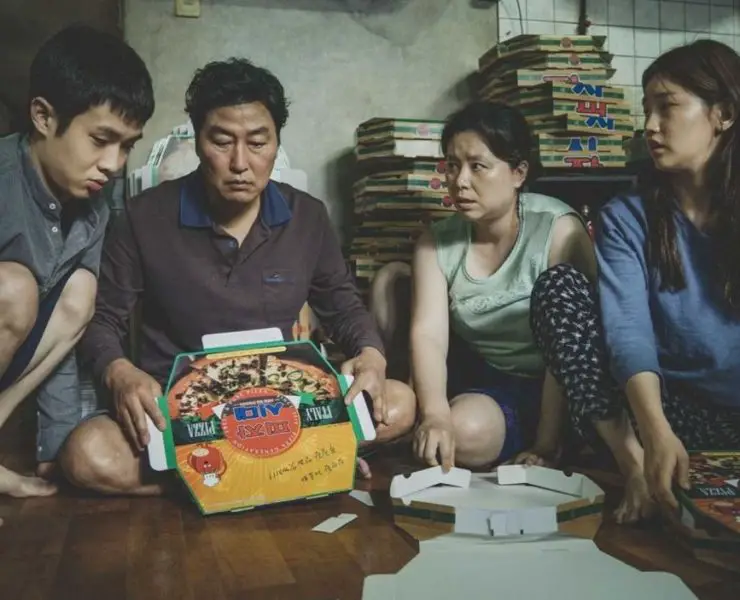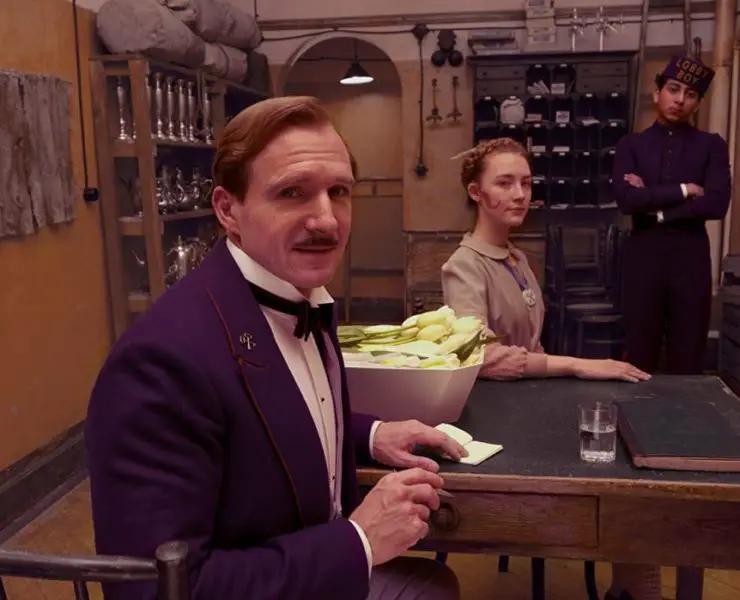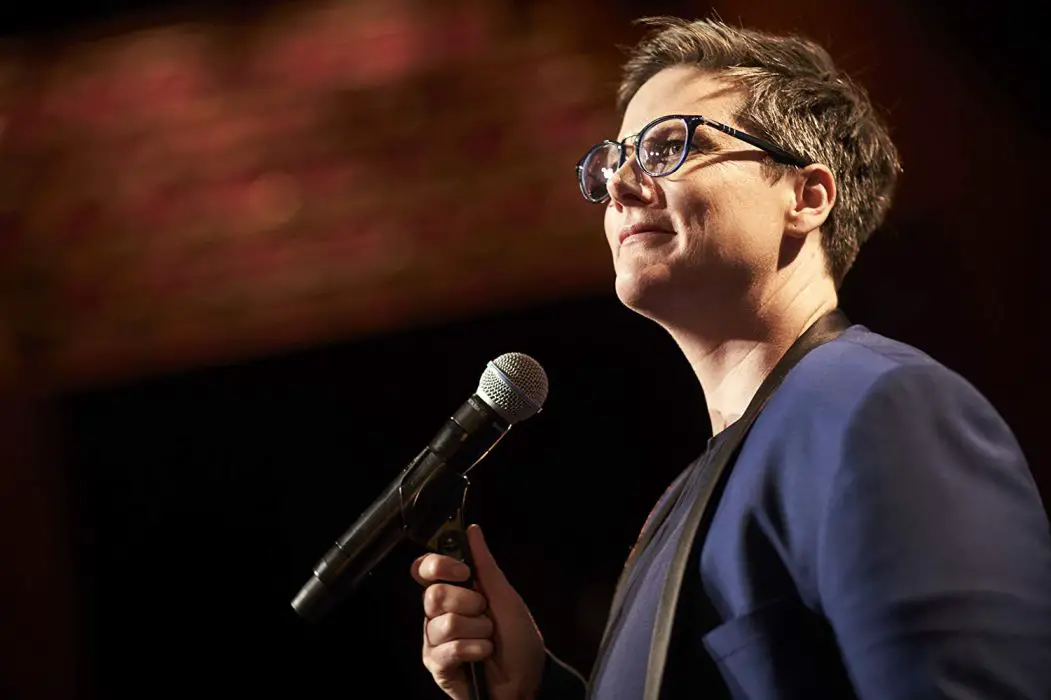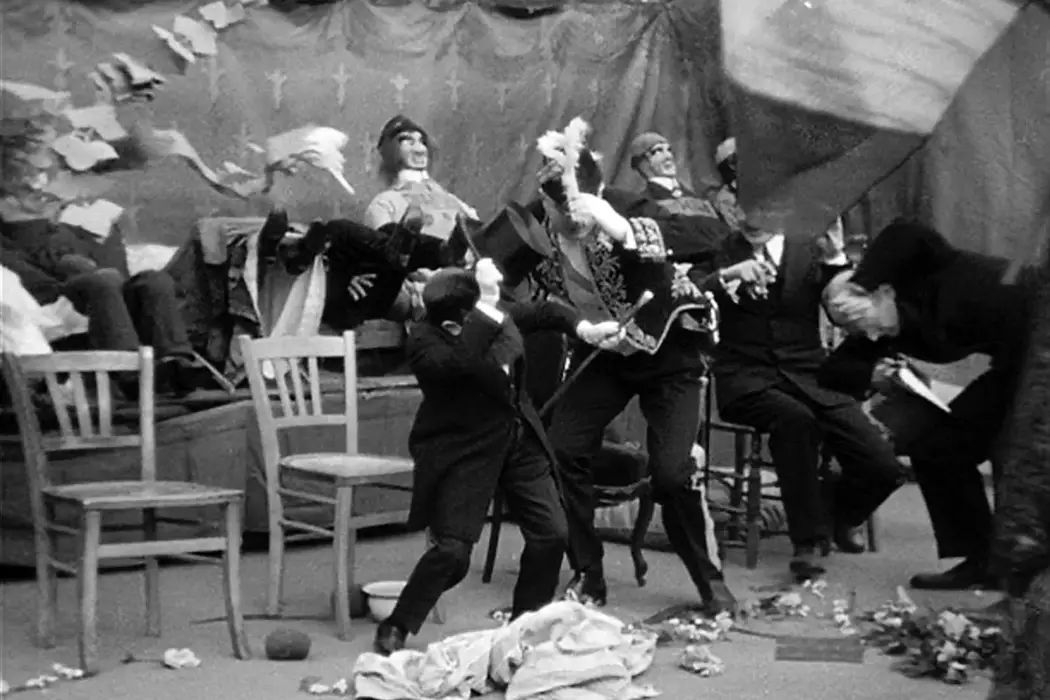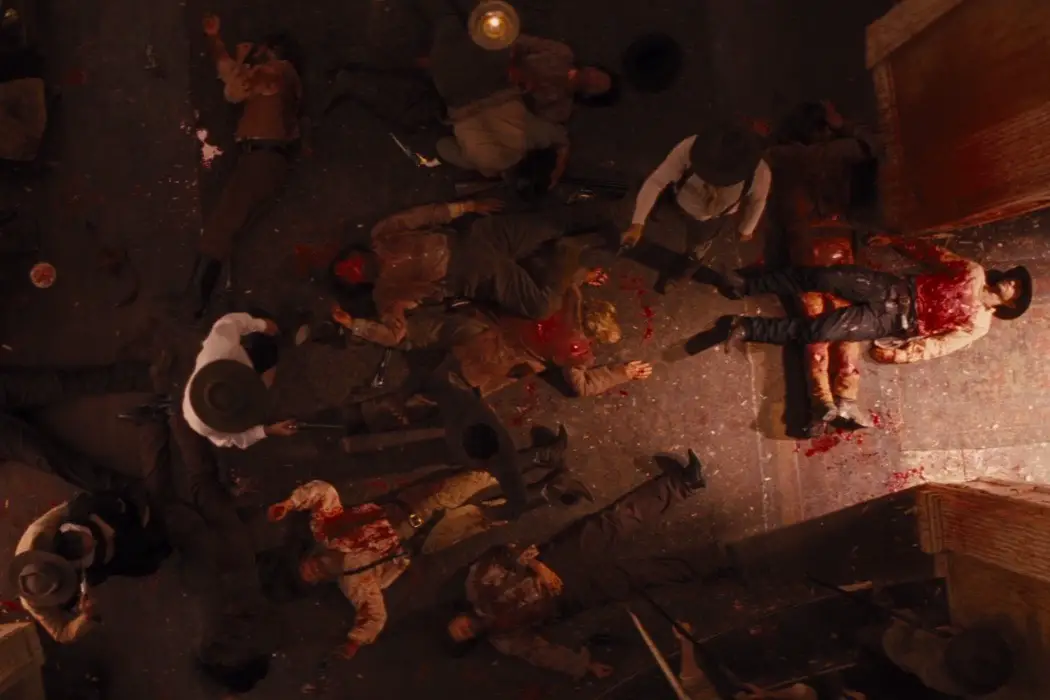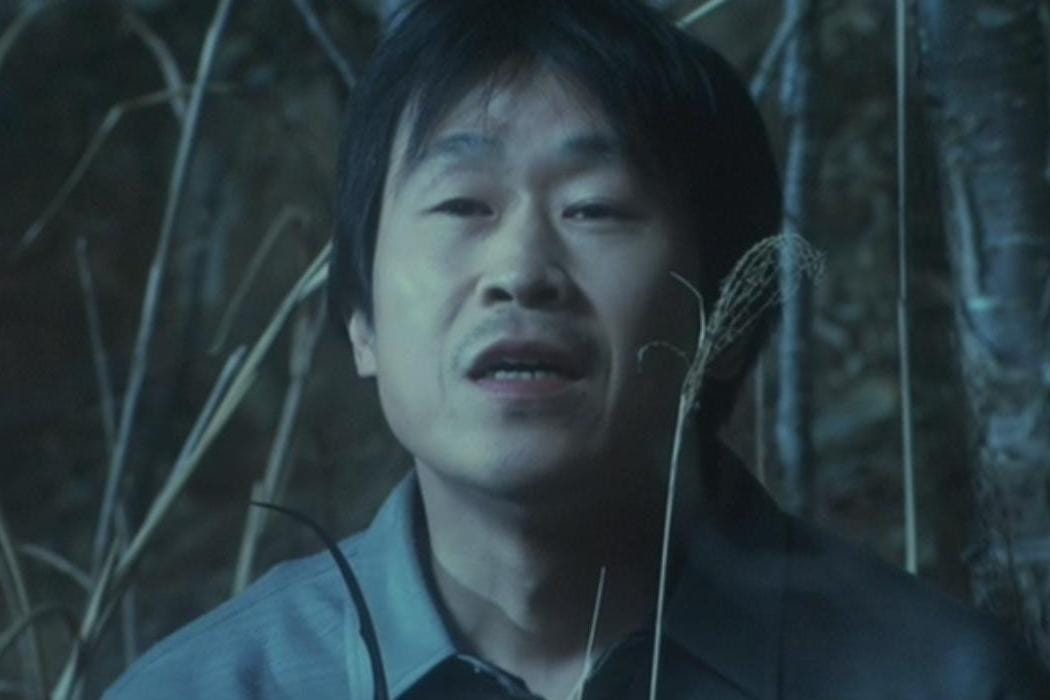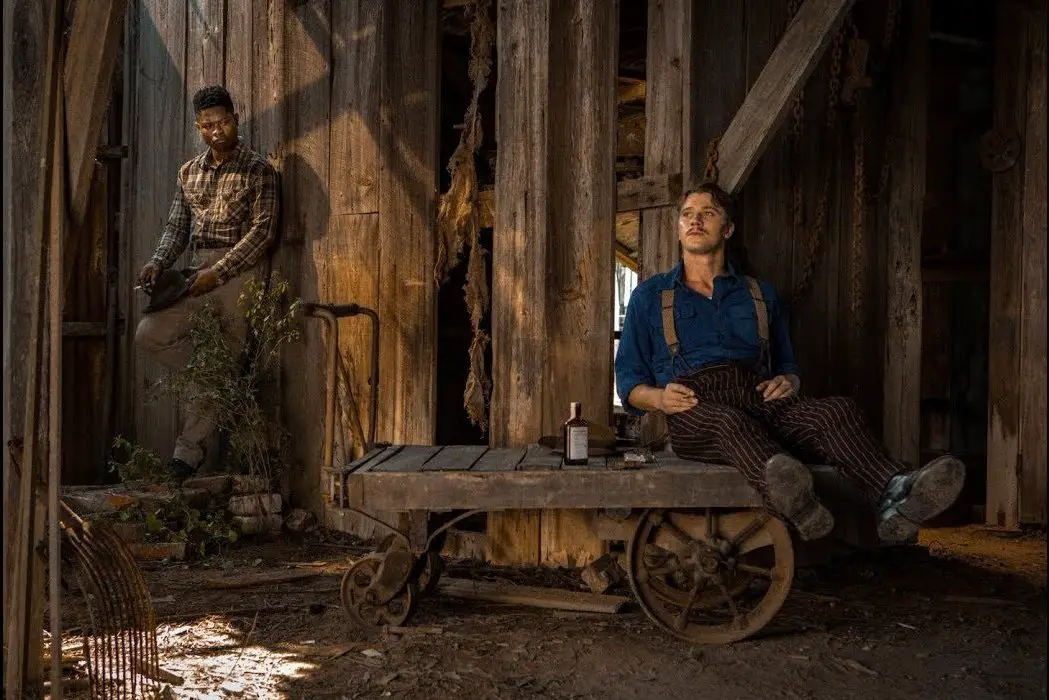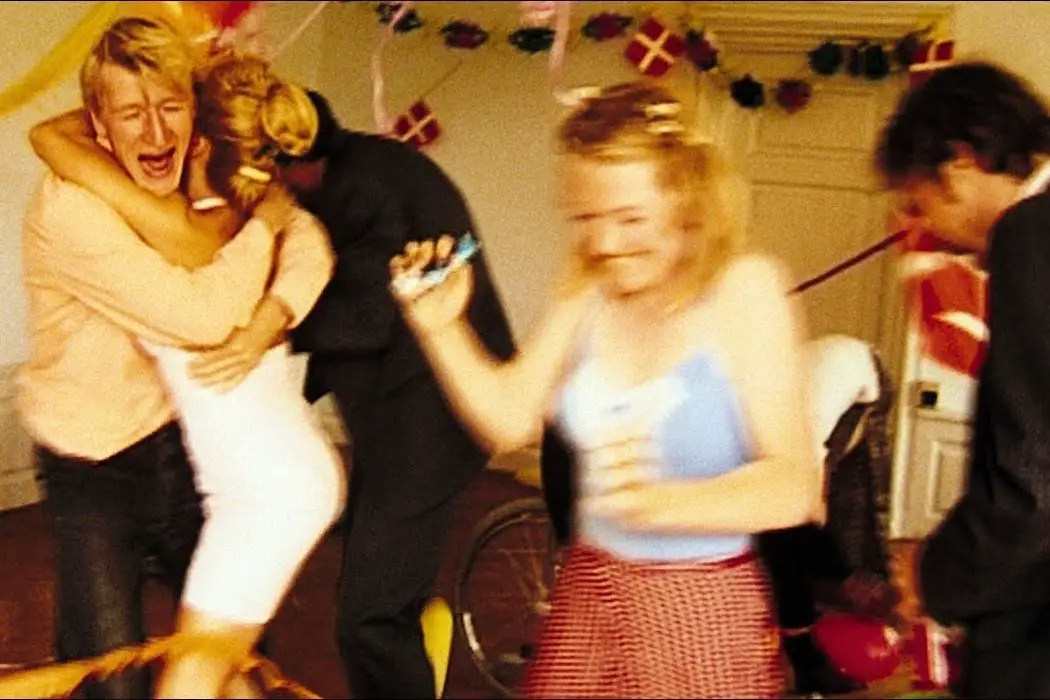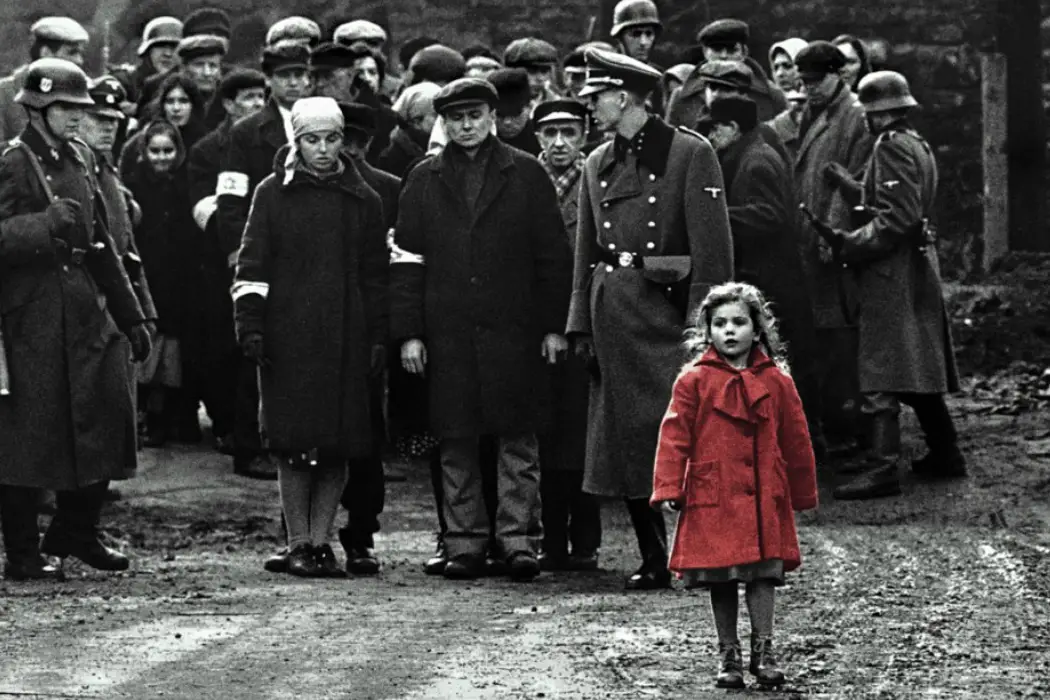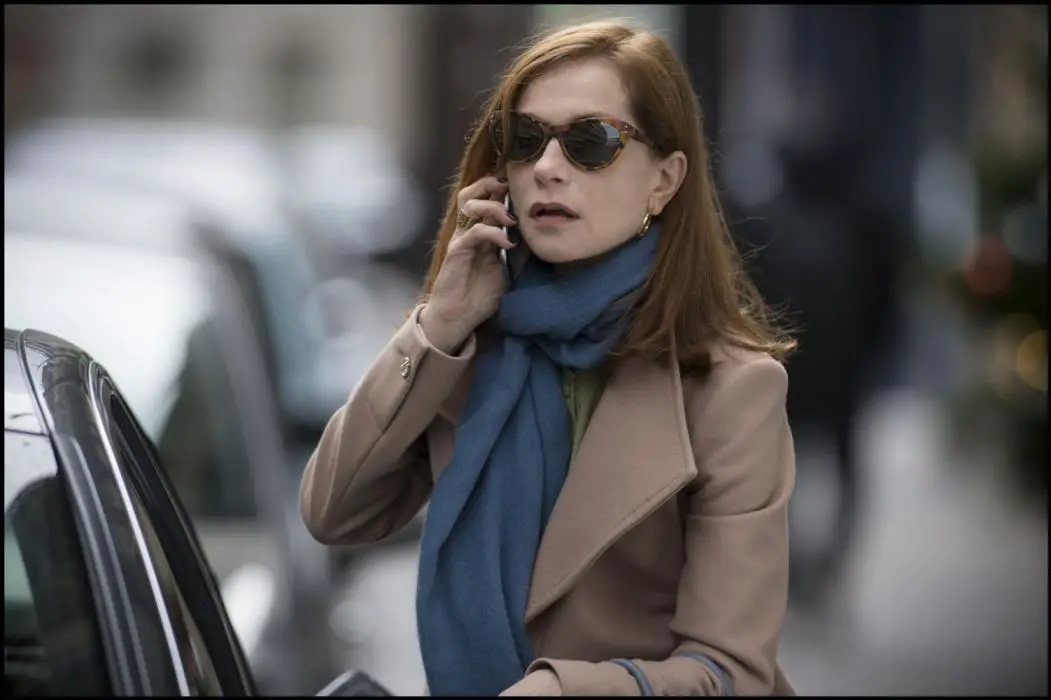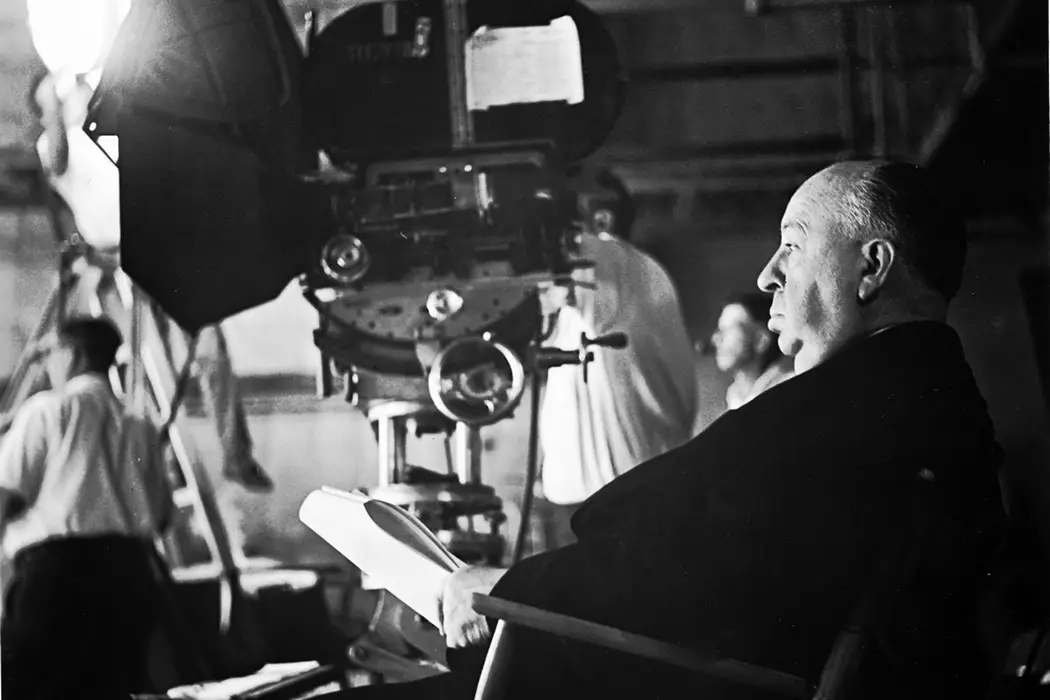film theory
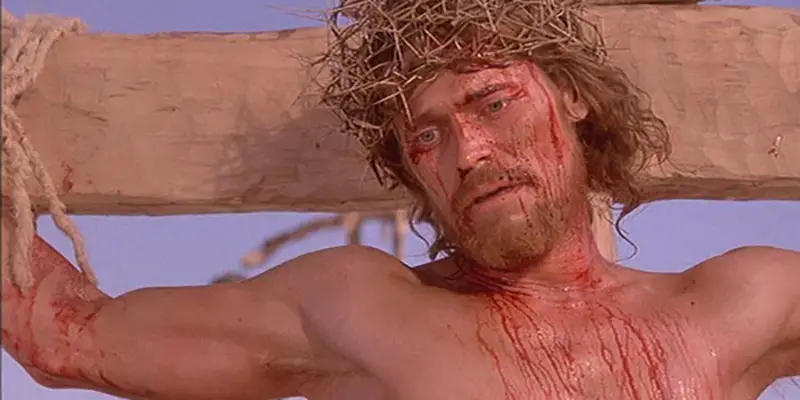
Religious figures and various saints have been on film since the birth of the medium. It can be tricky for a director to present the story of a venerated character, as they can mean many things to different people. In both Carl Theodor Dreyer’s The Passion of Joan of Arc and the Martin Scorsese picture The Last Temptation of Christ, the directors brought their own religious visions to screen, although not without controversy.


